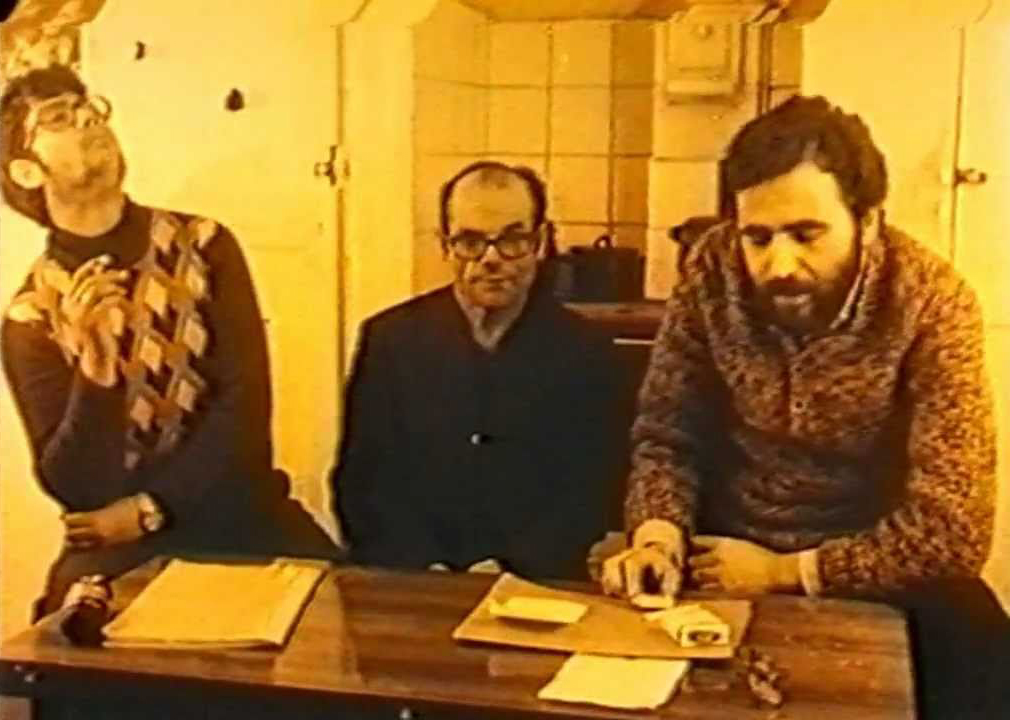


In the two previous films of the cycle, we have seen two opposing views on these neighborhoods on the urban peripheries: on the one hand, as Jorge Larrosa pointed out in the debate after its screening,
Los jóvenes de barrio
(Vídeo-Nou, 1982) presents the young people of Canyellas and the neighborhood itself as a list of problems: unemployment, delinquency, drugs, school dropout… it is the early 80s, and the urban periphery is represented as a territory that requires the social intervention of the public administration. On the other hand,
The City Is Ours
(Tino Calabuig, 1975) shows us the neighborhood struggles that managed to dignify life in the neighborhoods in the face of the greed of speculators who, in connivance with the Franco regime, had dispossessed the masses of the rural areas.
None of the forms of struggle of the neighbors shown in Tino Calabuig’s documentary are represented in the Video-Nou film; it would seem that any image of the neighborhoods’ capacity to self-organize has been hidden from us; its inhabitants appear as isolated subjects abandoned to their individual fate, incapable of establishing networks of mutual support and transforming their circumstances.
The transition marks the period between the two historical moments represented in The City Is Ours and Neighborhood youth; for some, the arrival of democracy made the existence of neighborhood associations unnecessary, whose role should be assumed by political parties and the public administration itself, not in vain the members of the associations, as we can see in The City Is Ours, saw in democratic elections a means to reach institutional power and from there solve the problems of the neighborhoods. Can we say that the transfer of the leading cadres of the neighborhood associations to the democratic city councils dismantled the social fabric to some extent? Did the representations of the urban peripheries, such as the one offered by Neighborhood youth to justify the implementation of welfare policies? To what extent did these policies cause the effect of, precisely, depoliticizing social life in the neighborhoods? These are some questions that have arisen during this brief cycle and that remain open to debate.
This afternoon we will close the cycle with the screening of Gitanos sin romancero (
Llorenç Soler
, 1976) —to whom we are very grateful for having given us the rights to exhibit the film— with the intention of introducing a different narrative line: What was the role of minority groups such as the Roma population during this period? What representations do we have left of the Roma community at that time? Is there an accurate image of the role of the Roma in the neighborhoods in those historical moments? What role did architects play in the urban planning of the neighborhoods? And the social fabric? These are some questions on which we want to reflect this afternoon with the representatives of the Roma cultural association